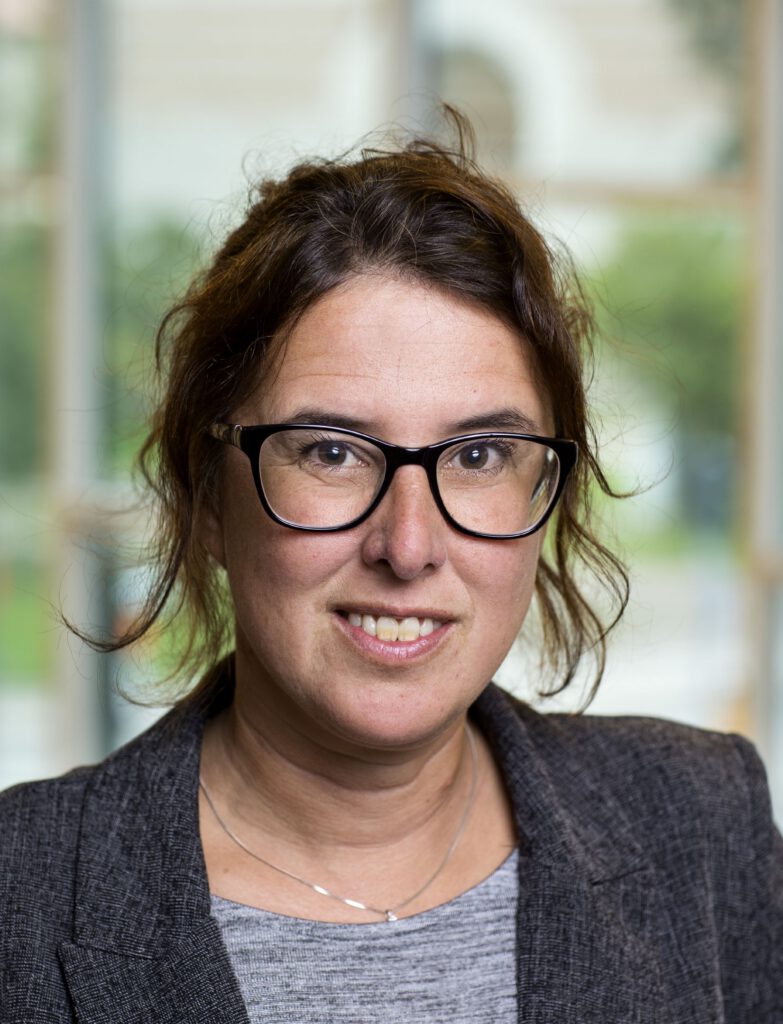

To assist countries most affected by the Covid-19 pandemic, the EU launched the largest aid package in its history. Monika Bauhr and Nicholas Charron make use of this unprecedented course of action and analyze the factors that drive public support for international aid in times of crises. A vignette survey experiment conducted in 25 European countries provides evidence that elite cues are more consequential for public support than receiving information about the aid package. In particular, national governments’ endorsement for financial assistance increases the likelihood to support a European-wide response to the pandemic. By contrast, details on the package do not influence public opinion in either direction. The study thus implies that domestic governments can play a crucial role in swaying citizens’ opinion on redistribution within the EU as well as future EU integration.
